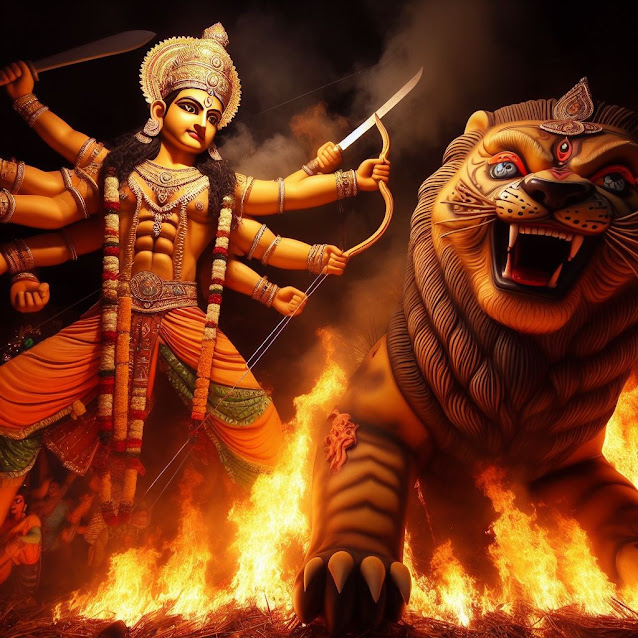Why Ravan Dahan in Dussehra
Why Ravan Dahan in Dussehra
Dussehra Ravan Dahan is a ritual that marks the symbolic victory of Lord Ram over Ravana, the King of Lanka. According to Hindu mythology, Ravan become defeated after a fierce warfare with Lord Ram, marking the conclusive victory of correct over evil. The effigies of Ravana are burned in numerous components of India symbolizing the downfall of the evil.
The competition is well known at the tenth day of Navratri, which is likewise called Vijayadashami. The day is taken into consideration auspicious and marks the stop of Navratri and Durga Puja. The burning of effigies is likewise believed to represent the destruction of ego and negative tendencies within oneself.
The competition is celebrated with top notch enthusiasm and fervor across India, with human beings coming together to witness the grand spectacle of Ravan Dahan. The effigies are usually made of bamboo and papier Mache and are packed with firecrackers and other flammable substances. The effigies are then set ablaze amidst loud cheers and chants of & "Jai Shri Ram."
The subculture of Ravan Dahan has been around for centuries and has been exceeded down from era to technology. It is an important a part of Indian subculture and background, and it serves as a reminder that suitable constantly triumphs over evil.







Comments
Post a Comment